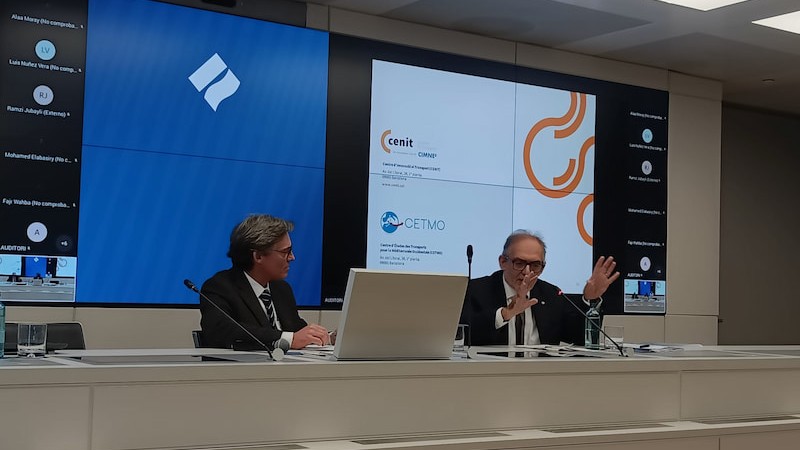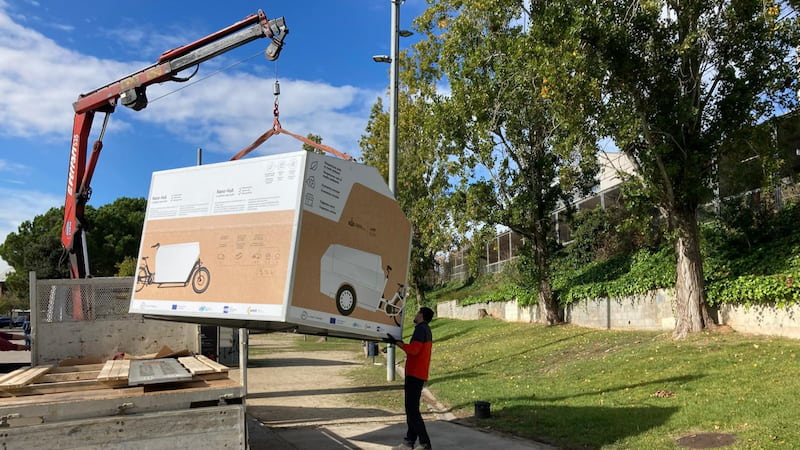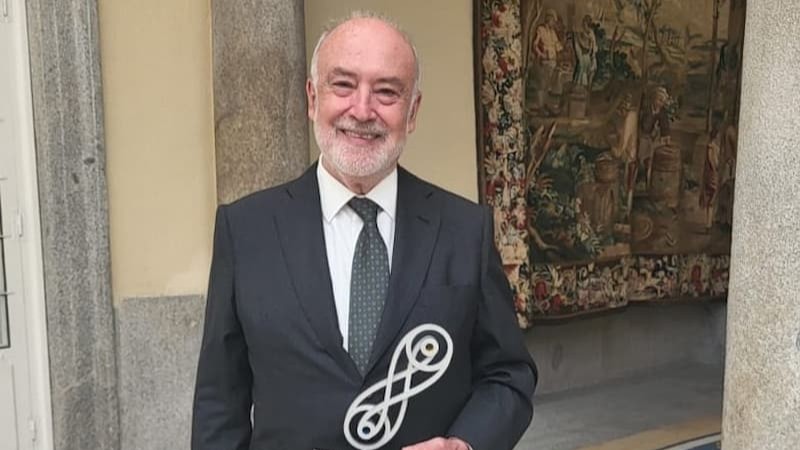
Barcelona’s shared bike network Bicing has helped encourage active mobility among citizens
A new publication from CENIT — Innovation Unit in Transport at CIMNE and the Centre for Liveable Cities (CLC) in Singapore shows how a cross-domain approach to sustainable mobility can help cities maximise the impact of urban interventions. Rooted in CLC’s Liveability Framework, the publication introduces a practical method for identifying and amplifying the co-benefits of mobility strategies across health, environment, equity and economic vitality.

CENIT research team members Sergi Sauri, Paco Gasparín Casajust, Samra Sarwar, Alex Mumbrú Camprubí and Mulia Andreas Pasaribu contributed to the report, including framework development, case study analysis and recommendations for embedding broader benefit assessments into project design and evaluation.
Sustainable mobility and social wellbeing: two sides of the same coin
Sustainable urban mobility is key to tackling many of the challenges cities face today — from climate change to health risks and social inequities. By shifting from car-centric planning to people-focused design, cities can cut emissions while improving equity, wellbeing and local economic activity. These outcomes are interconnected, so interventions must be designed and evaluated with that interdependence in mind.
For decades, planning prioritised traffic flow for motor vehicles. That shaped space allocation and constrained options for public transport, cycling and walking. The result has often been worse air quality, poor public health outcomes and reduced liveability. The transport sector remains a major source of emissions, and changing how people move around cities is essential to broader climate and health goals.
A roadmap for integrated mobility
The publication offers a practical framework to identify, measure and amplify co-benefits from mobility strategies. It argues that projects should be judged not only by costs, travel times or emissions, but also by their contributions to public health, social inclusion and local economic vitality. The framework combines quantitative indicators with qualitative methods that capture lived experience, helping policymakers prioritise actions that deliver multiple wins.
Case studies from Barcelona, London, Vienna and Singapore illustrate how integrated planning and broader evaluation methods produce measurable improvements in liveability. Each example shows how aligning transport interventions with wider city objectives — for health, equity and climate — produced clearer outcomes and stronger public support.
Practical recommendations in the publication include:
- Aligning evaluation frameworks with liveability goals so projects are appraised on multiple, comparable criteria.
- Using mixed methods (quantitative and qualitative) to capture both technical outcomes and lived experience.
- Designing projects to deliver visible local benefits early, which helps build public support.
- Strengthening institutional coordination so transport decisions reflect cross-sector priorities.
- Prioritising lighthouse interventions that combine favourable resources, strong local benefits and clear commercial or policy pathways.
CENIT team member Mulia Andreas Pasaribu who contributed to the report says, “Through this framework, policymakers can implement and monitor measures by considering the synergies between different pillars with humans as the centre.”
Download the full report.









